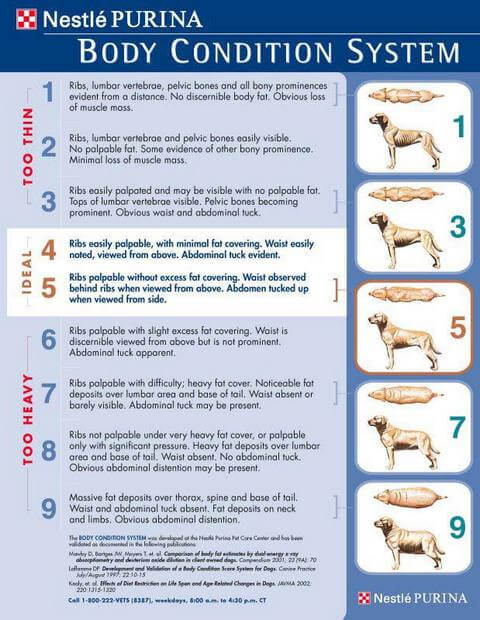
Keeping Your Dog at Their Ideal Weight: A Guide to Canine Health and Wellness
Share
In the realm of pet care, maintaining your dog’s ideal weight is as crucial as providing them with love, training, and mental stimulation. An optimal weight not only enhances their quality of life but also plays a significant role in preventing a myriad of health issues. In this post, we'll explore how to determine if your dog is at a healthy weight and steps to maintain it.
Understanding the Importance of Ideal Weight
A dog at its ideal weight is more likely to lead a healthier and potentially longer life. Overweight dogs are at risk for diseases like diabetes, arthritis, heart disease, and respiratory difficulties. Conversely, underweight dogs may face immune system deficiencies and lack the necessary energy for daily activities.
How to Tell if Your Dog is Overweight, Underweight, or Just Right
1. Visual Assessment:
- Overweight: You cannot easily feel the ribs; the waist is barely visible or absent when viewed from above. The dog may have fat deposits over the hips and base of the tail.
- Underweight: Ribs, spine, and pelvic bones are easily visible. The dog appears visibly skinny with minimal muscle mass.
- Ideal Weight: You can feel (but not see) the ribs without much pressure. The dog has a visible waist when viewed from above and an abdominal tuck from the side.
2. Behavioral Indicators:
- Overweight Dogs might be lethargic, show disinterest in physical activities, or struggle with mobility.
- Underweight Dogs may exhibit excessive energy or, conversely, may be lethargic due to malnutrition.
- Ideal Weight Dogs display a good balance of energy and contentment with regular activities.
3. Vet Checkups: Regular vet visits are crucial. Your vet can provide a more detailed assessment and suggest a diet and exercise plan.
Steps to Maintain Ideal Weight
1. Balanced Diet:
- Feed high-quality dog food appropriate for your dog’s age, size, and activity level.
- Avoid overfeeding and limit treats.
2. Regular Exercise:
- Tailor exercise to your dog's breed, age, and health status.
- Incorporate walks, play sessions, and other activities to keep them active.
3. Monitoring and Consistency:
- Regularly monitor your dog's weight.
- Be consistent with feeding and exercise routines.
4. Health Checkups:
- Regular vet visits are essential for maintaining your dog’s health and catching any issues early.
Conclusion
Remember, every dog is unique. What is ideal for one may not be for another. Keeping your dog at their ideal weight is a commitment to their overall health and happiness. As responsible pet parents, it’s our duty to ensure our furry friends lead the best life possible. So, take a moment to assess your dog’s weight, consult with your vet, and embark on a journey towards optimal health and wellness together!